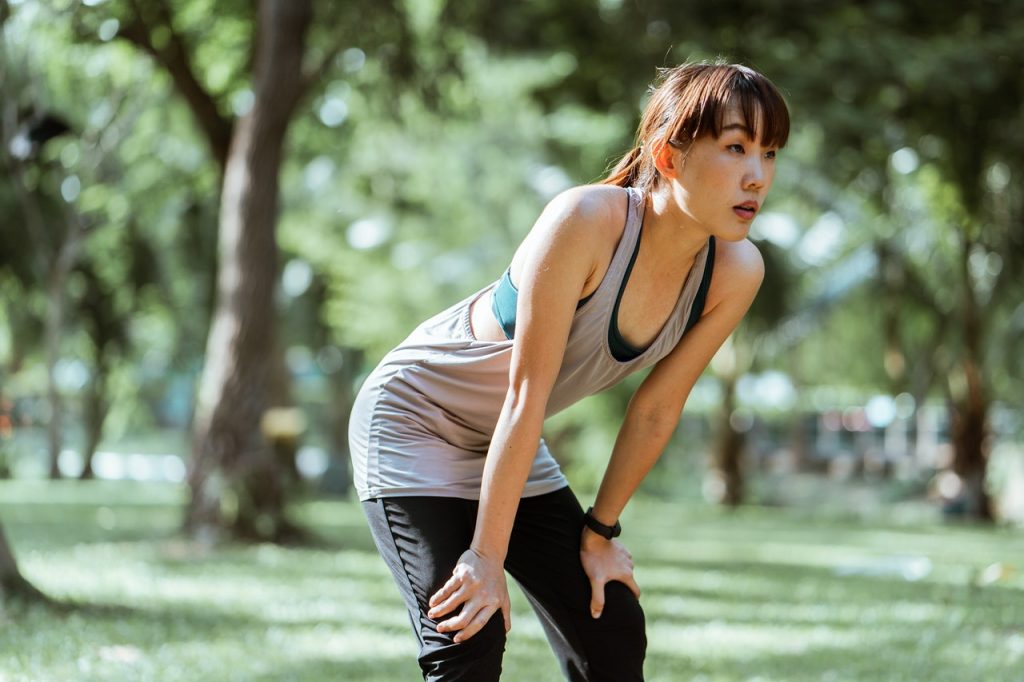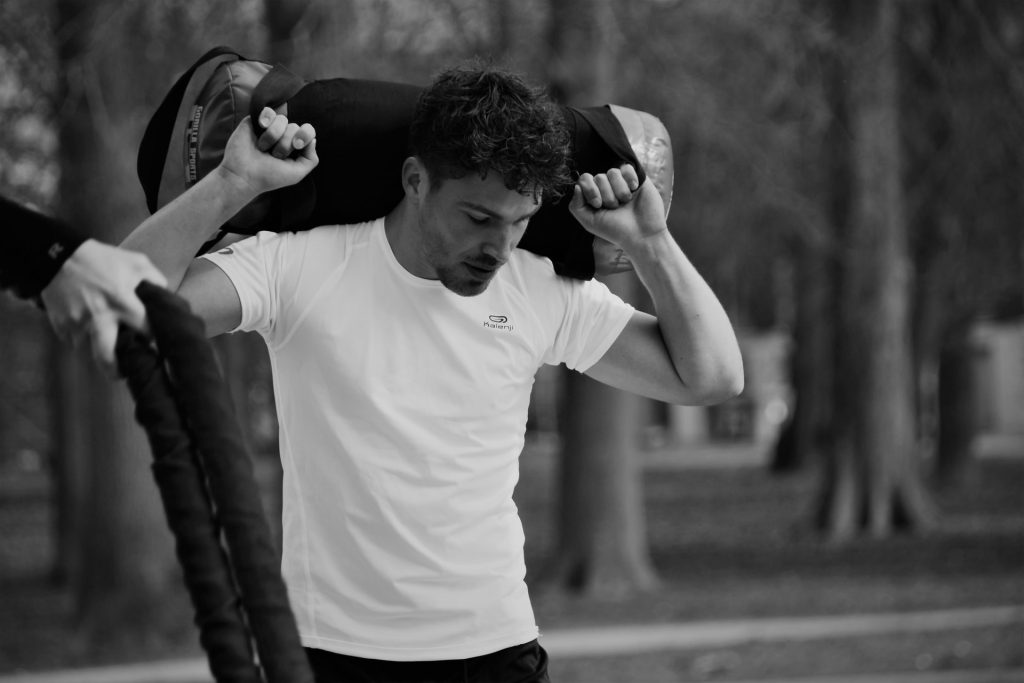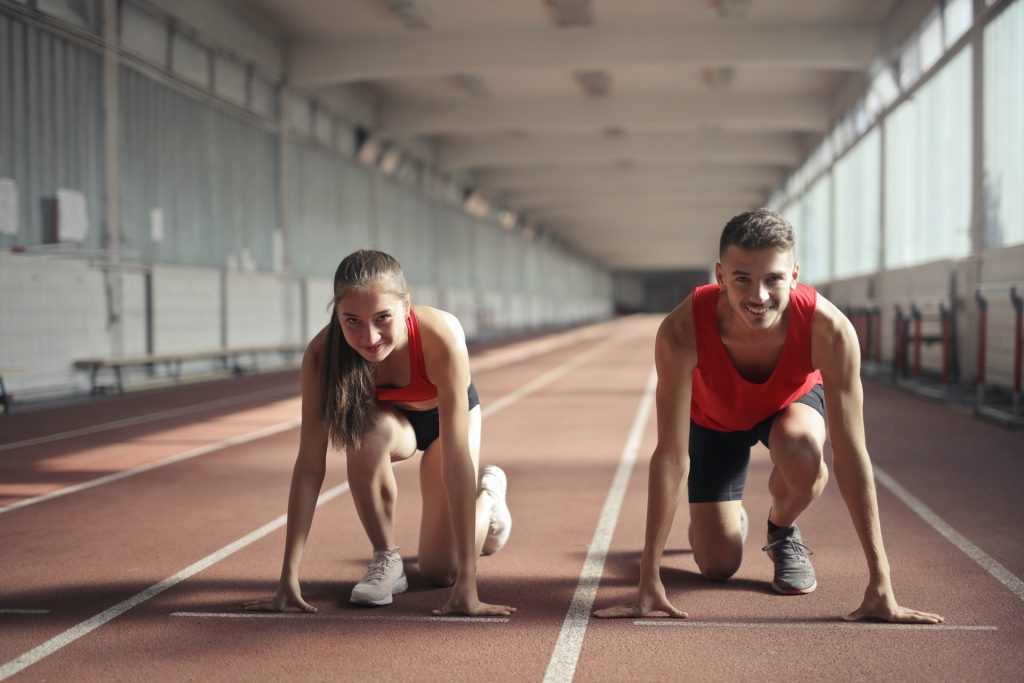Exercise Really is a Natural High

Researchers have found that exercise increases endocannabinoids, helping reduce inflammation and could potentially help treat certain conditions such as arthritis, cancer and heart disease.
A new study, published in Gut Microbes, found that exercise intervention in people with arthritis, in addition to reducing pain, also lowered the levels of inflammatory cytokines. It also increased levels of endocannabinoids, cannabis-like substances produced by the body. Interestingly, exercise caused these changes through an unusual mechanism: altering the gut microbes.
Exercise is known to reduce chronic inflammation, which is linked to a number of diseases including cancer, arthritis and heart disease. However, little is known as to exactly how exercise reduces inflammation.
Researchers tested 78 people with arthritis. Thirty-eight of them carried out 15 minutes of muscle strengthening exercises every day for six weeks, and 40 did nothing.
At the end of the study, those in the exercise intervention group had not only reduced their pain, but they also had more gut microbes that produce anti-inflammatory substances, lower levels of cytokines and higher levels of endocannabinoids.
The increase in endocannabinoids was strongly linked to changes in the gut microbes and anti-inflammatory substances produced by gut microbes called SCFAS. At least a third of the anti-inflammatory effects of the gut microbiome was attributable to the increase in endocannabinoids.
“Our study clearly shows that exercise increases the body’s own cannabis-type substances. Which can have a positive impact on many conditions. As interest in cannabidiol oil and other supplements increases, it is important to know that simple lifestyle interventions like exercise can modulate endocannabinoids,” said Doctor Amrita Vijay, a Research Fellow in the School of Medicine and first author of the paper
Source: University of Nottingham









